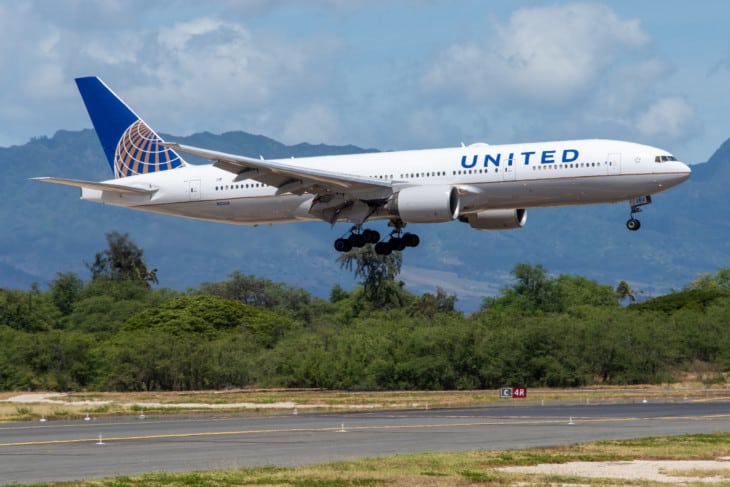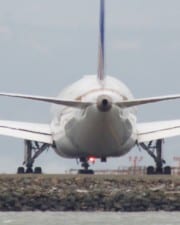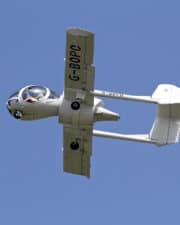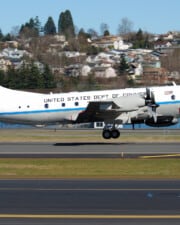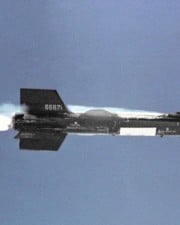Air travel is one of the most popular modes of transportation, and understandably, safety is a top concern for passengers. When we think about flying, questions about the safety of the aircraft we board often surface. This blog post aims to shed light on the safest commercial aircraft, providing peace of mind for your next journey.
Why are people so interested in the safest commercial aircraft? The answer lies in the inherent human need for security, especially when traveling at 35,000 feet. Knowing which planes have the best safety records can be reassuring. This article will explore various factors contributing to aviation safety and highlight some of the safest airplanes in the skies today.
Understanding aircraft safety is vital in appreciating the marvel of air travel. From the precision in design to the rigorous safety protocols, every aspect plays a role in ensuring a safe journey. Let’s delve into what makes an aircraft safe and which models stand out in the realm of aviation safety.
Factors Affecting Aircraft Safety
Design and Technology
The design and technology of an aircraft are fundamental to its safety. Advanced technology not only enhances the flying experience, but also significantly contributes to the safety of the aircraft. For instance, the use of composite materials in planes like the Boeing 787 Dreamliner reduces weight while increasing strength and resistance to corrosion.
Modern aircraft are equipped with sophisticated fly-by-wire systems, replacing older mechanical control systems. These systems provide pilots with enhanced control and reduce the likelihood of human error. Additionally, advancements in aerodynamics have led to more efficient and stable aircraft, further improving safety.
Beyond the physical design, technological advancements in navigation and communication systems have revolutionized aviation safety. GPS and advanced avionics ensure precise navigation, while real-time communication systems keep aircraft connected with ground control, significantly reducing risks associated with air travel.
Maintenance and Inspections
Regular maintenance and thorough inspections are crucial in ensuring the safety of any commercial aircraft. Every plane undergoes routine maintenance checks that range from simple visual inspections to complex overhauls. This ensures that every part of the aircraft is in optimal condition for safe operation.
Aircraft maintenance is heavily regulated. Aviation authorities around the world, like the Federal Aviation Administration (FAA) and the European Union Aviation Safety Agency (EASA), set stringent standards for aircraft maintenance. Airlines and maintenance crews must adhere to these regulations to ensure the highest safety levels.
The maintenance checklist for commercial aircraft is extensive. It includes engine inspections, checking the integrity of the aircraft’s body, testing of electronic systems, and ensuring the reliability of safety equipment. All these measures collectively contribute to the safety and security of passengers and crew.
Operational Factors
Operational factors play a significant role in ensuring the safety of an aircraft. One of the key aspects is pilot training. Pilots undergo rigorous training and regular simulations to prepare for various scenarios, from normal operations to emergency situations.
Airline procedures and policies also significantly impact safety. These include standard operating procedures, safety protocols, and crew resource management practices. Airlines invest heavily in training their crew to adhere to these procedures, ensuring a consistent and high safety standard.
Air traffic control systems are another critical component. They manage the flow of aircraft in the sky, ensuring safe distances between planes and providing pilots with vital information. The sophistication and efficiency of these systems are paramount in preventing midair collisions and other potential hazards.
Safest Airplanes
Statistical Analysis
To understand which commercial aircraft are the safest, we turn to statistical analysis of safety records. This involves examining data like the number of accidents, incident reports, and hours flown. It’s important to consider the context of these statistics, such as the age of the aircraft model and the volume of flights.
Safety data can be obtained from various sources, including aviation authorities, independent aviation safety organizations, and airline databases. These records provide a comprehensive view of an aircraft’s safety performance over time.
When analyzing these statistics, it’s crucial to look at the rate of incidents in relation to the number of flights. This gives a more accurate representation of safety rather than looking at absolute numbers, which can be misleading, especially for widely used aircraft models.
Comparison of Major Commercial Aircraft Models
Now let’s compare some of the major commercial aircraft models in terms of their safety records. Here, we’ll focus on the ones that have stood out for their exemplary safety performance.
Determining the “safest” commercial airplanes based on historical records involves looking at factors like accident rates, the number of flights, and years in service. Generally, newer aircraft models benefit from advanced technology and stricter safety standards, which can contribute to their safety records. Here are ten commercial airplanes that are often recognized for their safety based on historical records:
- Boeing 777: Widely regarded for its safety record, the Boeing 777 has been in service since 1995 and has a very low accident rate.
- Airbus A350: As one of the newest additions to the Airbus family, the A350 incorporates the latest technology and safety features.
- Boeing 787 Dreamliner: Known for its advanced technology, the 787 has an impressive safety record since its introduction in 2011.
- Airbus A380: The world’s largest passenger airliner has a good safety record, though it’s a relatively recent model (first commercial flight in 2007).
- Boeing 737 Next Generation (NG): This includes models like the 737-600, -700, -800, and -900. The NG series has a strong safety record, distinct from the later 737 MAX.
- Airbus A320neo Family: This includes the A320neo, A321neo, and A319neo. These aircraft are newer, more efficient versions of the already reliable A320 family.
- Boeing 747-8 Intercontinental: The latest version of the iconic 747 has modern upgrades and a strong safety record.
- Airbus A340: Known for its reliability and safety, the A340 has been in service since the early 1990s.
- Boeing 767: This older model has been in service since the early 1980s and maintains a good safety record.
- Embraer E-Jet Family: This includes the E170, E175, E190, and E195. These regional jets have a strong safety record and are widely used around the world.
The safety records of these models are impressive, reflecting the advancements in aircraft design and technology. It’s important to note that safety records can change over time and are influenced by various factors including maintenance, airline operations, pilot training, and advancements in aviation technology. The aviation industry as a whole maintains very high safety standards, making air travel one of the safest modes of transportation.
Notable Safety Features in Commercial Aircraft
Modern commercial aircraft are equipped with a range of safety features that go beyond the basic requirements. These include:
Emergency Systems
- Evacuation Slides: Every commercial aircraft is equipped with evacuation slides for quick and safe deplaning in an emergency.
- Life Rafts and Flotation Devices: These are essential for water landings or ditching scenarios.
- Oxygen Systems: In case of cabin depressurization, oxygen masks are available for every passenger.
Structural Integrity and Redundancy
Aircraft design prioritizes structural integrity and redundancy, especially for critical components. This means that even if one system fails, there’s a backup in place to ensure safety. For example, modern airplanes have multiple engines, hydraulic systems, and electrical systems. This redundancy is crucial in preventing catastrophic failures.
The fuselage and wings of commercial aircraft are designed to withstand extreme forces and weather conditions. Regular stress testing ensures that these structures can endure the rigors of frequent flying. Additionally, advanced materials used in construction contribute to the overall durability and safety of the aircraft.
Conclusion
In conclusion, the safety of a commercial aircraft is influenced by various factors, including design, technology, maintenance, and operational procedures. From the Boeing 777 to the Airbus A350, several models have demonstrated exceptional safety records, thanks to advancements in aviation technology and stringent safety standards.
Remember, while certain aircraft models have impressive safety records, the overall safety of your flight also depends on the airline’s operational standards and maintenance practices. When choosing your next flight, consider these aspects to ensure a safe and comfortable journey.
Air travel continues to be one of the safest modes of transportation, thanks to the relentless efforts of the aviation industry in prioritizing safety above all. So, the next time you board an aircraft, you can take comfort in knowing that you are flying on one of the safest forms of transport ever designed.
Related Posts
